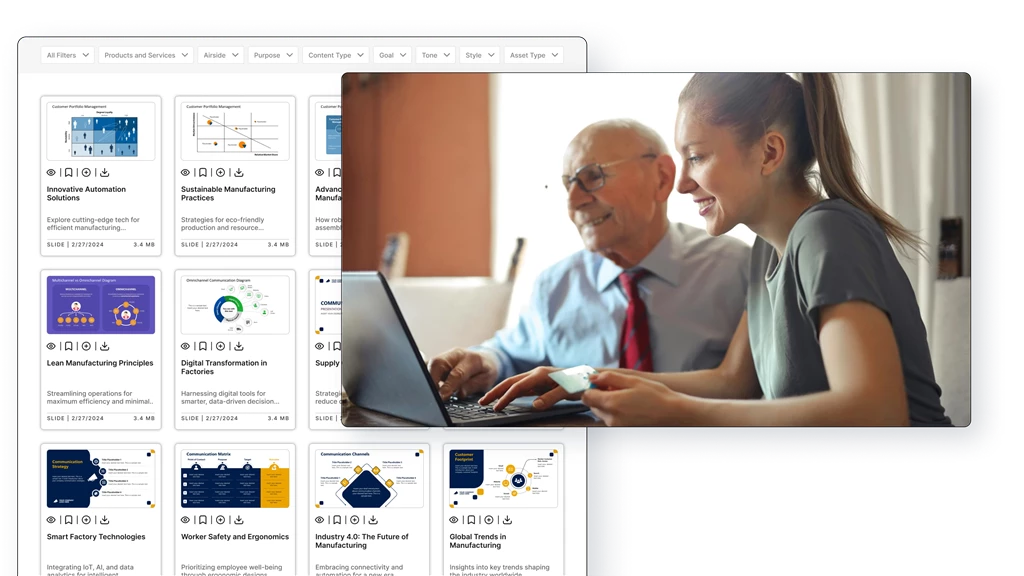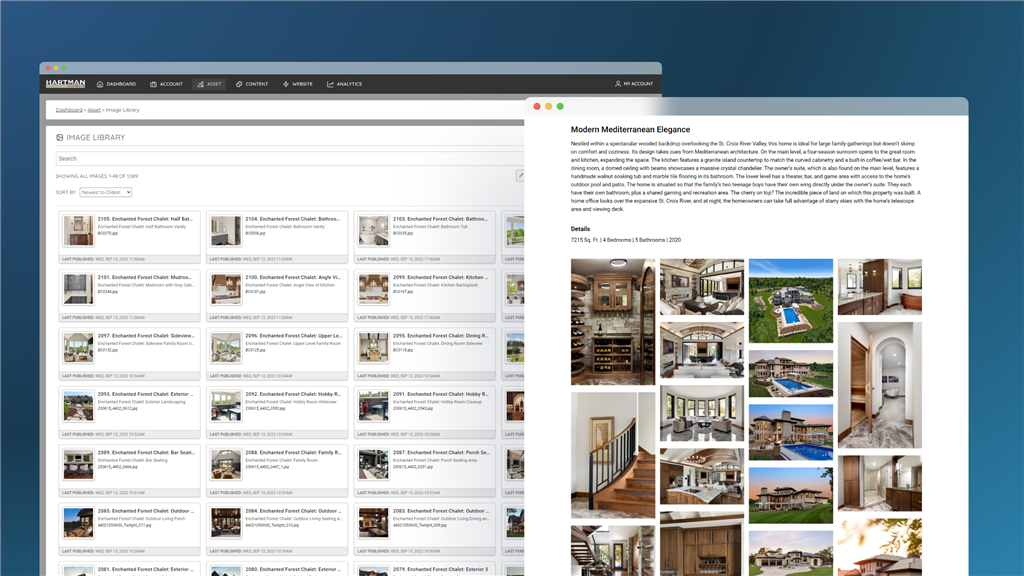Why Measure Customer Satisfaction?
Before diving into the frequency, it’s important to understand why measuring customer satisfaction is essential:
- Identify Strengths and Weaknesses: By regularly gathering feedback, you can pinpoint what your business is doing well and where there’s room for improvement.
- Customer Retention: Satisfied customers are more likely to remain loyal. Measuring satisfaction helps you identify and address issues before they lead to customer churn.
- Improvement and Innovation: Understanding customer needs and preferences can guide product or service improvements and inspire new offerings.
- Competitive Advantage: Businesses that actively seek and act on customer feedback are more likely to outperform competitors who neglect this practice.
Factors Influencing the Frequency of Measurement
The ideal frequency for measuring customer satisfaction can vary depending on several factors:
- Industry Type
- Different industries have different touchpoints and customer interaction frequencies. For example, retail businesses might measure customer satisfaction after every purchase, while a B2B company might do so after a major project or service delivery.
- Customer Interaction Frequency
- The more often you interact with customers, the more frequently you should measure satisfaction. Frequent touchpoints mean more opportunities to gather feedback and ensure ongoing satisfaction.
- Business Size and Scale
- Large businesses with many customers might measure satisfaction more frequently across different segments to ensure a comprehensive view, while smaller businesses might conduct surveys less often but focus on in-depth insights.
- Product or Service Lifecycle
- Consider the lifecycle of your products or services. For instance, after launching a new product, you might measure satisfaction more frequently to gauge initial reactions and identify areas for improvement.
- Customer Journey Stages
- Different stages of the customer journey may require different measurement frequencies. For example, after onboarding a new customer, it’s crucial to measure their satisfaction early on to ensure they’re getting value from your product or service.
How Often Should You Measure Customer Satisfaction?
While the optimal frequency can vary, here are some general guidelines based on different business scenarios:
- Post-Transaction Surveys
- Frequency: After every purchase or interaction.
- Why: Immediate feedback after a transaction provides insights into the customer’s experience while it’s still fresh in their mind. This is common in retail, hospitality, and e-commerce industries.
- Quarterly Surveys
- Frequency: Every three months.
- Why: Quarterly surveys are ideal for businesses with ongoing customer relationships, such as subscription services or B2B companies. This frequency allows you to track satisfaction trends and make adjustments regularly.
- Annual Surveys
- Frequency: Once a year.
- Why: Annual surveys provide a comprehensive overview of customer satisfaction over time. They’re useful for assessing long-term trends and gathering in-depth feedback. However, they may miss short-term issues that could impact customer retention.
- After Key Milestones
- Frequency: After significant events in the customer relationship, such as completing a project, launching a new product, or after a major customer service interaction.
- Why: Measuring satisfaction at key milestones helps you understand how well you’re meeting customer expectations during critical points in the relationship.
- Continuous Feedback
- Frequency: Ongoing, through channels like customer feedback buttons on websites, chatbots, or social media.
- Why: Continuous feedback allows for real-time insights and enables you to address issues as they arise. This approach is particularly useful for businesses with high customer interaction volumes.
Balancing Frequency with Customer Experience
While it’s important to measure customer satisfaction regularly, it’s equally important to avoid survey fatigue. Bombarding customers with too many surveys can lead to lower response rates and less meaningful feedback. Here’s how to strike the right balance:
- Segment Your Customers: Tailor the frequency of surveys based on customer segments. For example, you might survey high-value customers more frequently, while others receive surveys less often.
- Vary Survey Lengths: Alternate between short, quick surveys and longer, more comprehensive ones. This approach keeps customers engaged without overwhelming them.
- Incentivize Participation: Offer incentives, such as discounts or rewards, to encourage customers to participate in surveys without feeling burdened.
- Act on Feedback: Show customers that their feedback leads to tangible improvements. When customers see that their input makes a difference, they’re more likely to participate in future surveys.



